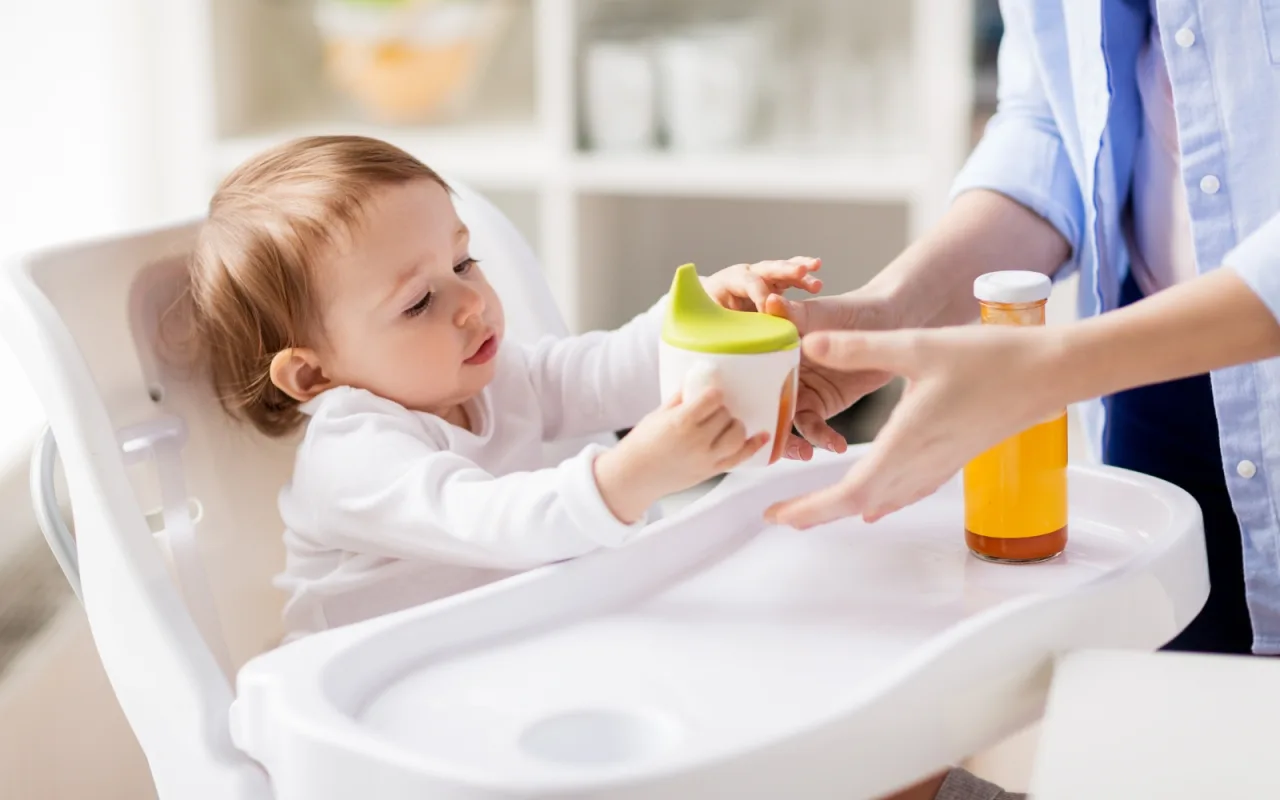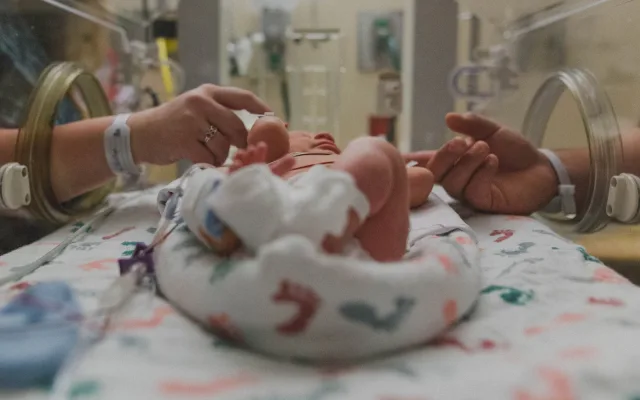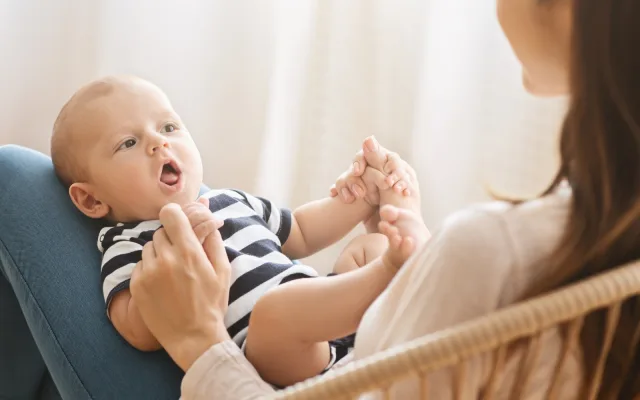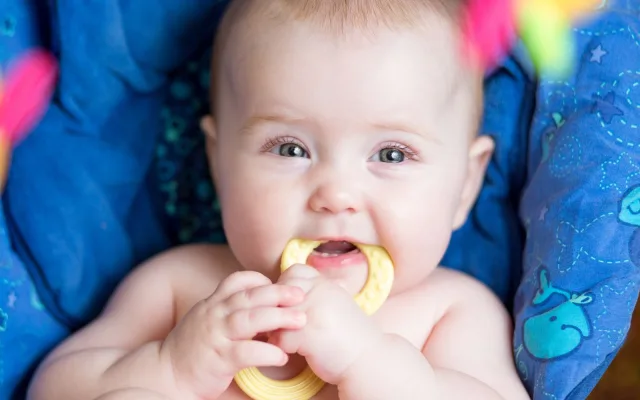Τα περισσοτερα μωρά λατρεύουν το μπιμπερό τους.
Όμως έρχεται εκείνη η στιγμή που πρέπει να γίνει η μετάβαση στο ποτηράκι. Μπορεί για το παιδί να είναι μία πρόκληση από τη στιγμή που το μπιμπερό προσφέρει στο μωρό ένα αίσθημα άνεσης και ασφάλειας. Για τη μαμά, μπορεί να είναι πιο συναισθηματικός ο λόγος, αφού βλέπει το παιδί να περνά από τη γλυκιά μωρουδιακή φάση.
Εάν έχεις απορία σχετικά με αυτή τη μετάβαση, δεν υπάρχει λόγος να φοβάσαι. Υπάρχουν μερικά εύκολα tips που θα κάνουν τη διαδικασία μετάβασης πιο ομαλή με τον λιγότερο δυνατό «πόνο» για όλους τους εμπλεκομενους.
Υπάρχουν μερικοί σημαντικοί λόγοι, που η μετάβαση από το μπιμπερό στο κυπελλάκι είναι σημαντική για το μωρό. Για τους αρχάριους, η παρατεταμένη ρήση του μπιμπερό αυξάνει σημαντικά τον κίνδυνο καθυστέρησης της οδοντοφυΐας και τις πιθανότητες για οδοντικά προβλήματα ή προεξοχή δοντιών, μία κατάσταση όπου ένα ή περισσότερα δόντια (συνήθως τα μπροστινά) προεξέχουν υπερβολικά προς τα έξω σε σχέση με την υπόλοιπη οδοντοστοιχία.
Τα μπιμπερό μπορούν επίσης να ενθαρρύνουν το “τσιμπολόγημα” στα μικρά παιδιά. Αυτό μπορεί να συμβάλει είτε σε υπερβολική αύξηση βάρους, είτε ενίοτε σε φτωχή ανάπτυξη, όταν το παιδί βασίζεται στο μπιμπερό αντί να καταναλώνει στερεές τροφές.
Τα νήπια, επίσης, τείνουν να χρησιμοποιούν τα μπουκάλια τους για να νιώθουν άνεση, όπως με τις πιπίλες. Είναι σημαντικό να τους διδάξουμε πώς να διαχειρίζονται τα συναισθήματά τους με τέτοιο τρόπο, ώστε να μην τα συνδέουν με το αίσθημα του να φάνε ή να πιούν κάτι. Με τον τρόπο αυτό η μετάβαση από το μπουκάλι στο ποτήρι μπορεί να βοηθήσει το παιδί να μάθει νέους τρόπους αναζήτησης της ηρεμίας και της ασφάλειας, όταν έχει να βιώνει έντονα συναισθήματα.
Πότε να ξεκινήσει η μετάβαση
Η Αμερικανική Ακαδημία Παιδιατρικής συστήνη την μετάβαση από το μπιμπερό στο ποτήρι στην ηλικία των 12-18 μηνών. Ιδανικά αυτό σημαίνει να προσφέρετε στο μωρό μία κούπα περίπου στους 6 μήνες ή όταν θα ξεκινήσουν τις στέρεες τροφές. Όσο νωρίτερα, τόσο και πιο ομαλή θα γίνει αυτή η μετάβαση και πιο σταδιακή.
Οταν γίνεται η μετάβαση από το μπουκάλι, δεν χρειάζεται να το κάνετε απότομα. Μπορείτε να ξεκινήσετε πρώτα με το πρωινό μπιμπερό, μειώνοντάς το σταδιακά μέσα σε περίπου μία εβδομάδα.
Αφού καταφέρετε να κόψετε με επιτυχία το πρωινό μπιμπερό, μπορείτε να προχωρήσετε στη σταδιακή απόσυρση του δεύτερου, μεσημεριανού ή «γεύματος» μπιμπερό Έπειτα, μπορείτε να συνεχίσετε σταδιακά με τα υπόλοιπα.












